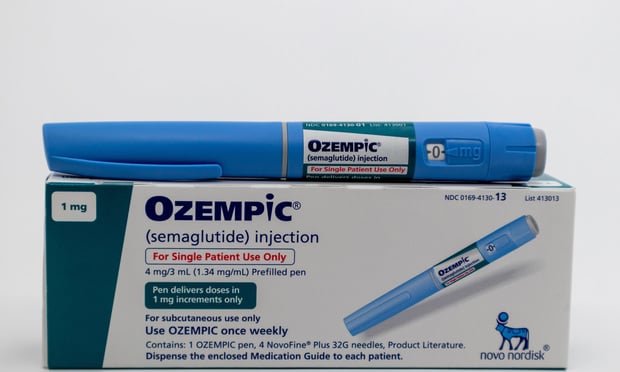Given the economic environment and looming health care reform, many Americans, both employed and unemployed, are confused about open enrollment and have more issues to take into consideration this fall.
"While 153 million Americans receive health insurance coverage through their employers, more than 9 million people are self-employed, and close to 14 million are unemployed, according to the Bureau of Labor Statistics," says National Association of Insurance Commissioners President and Iowa Insurance Commissioner Susan E. Voss. "Whatever your situation, health insurance choices can seem complicated. Your state insurance department offers free resources to help you make sense of it all."
For those who receive health insurance through an employer-sponsored platform, open enrollment periods are typically the only time plan changes can be made, and increase premiums, co-pays and deductibles are expected in an effort to offset growing health care costs. The NAIC recommends side-by-side comparisons before an automatic renewal if several plan options are available. Some of these comparisons include:
- Ensuring current physicians and local hospitals are part of the plan's network.
- Reviewing any pre-existing condition prohibitions, prior authorization conditions and annual limits.
- Checking all prescriptions taken against each plan's approved drugs for co-pay differences.
- Creating a compilation of premiums, out-of-pocket expenses, co-pays, co-insurance, deductibles, specialists and benefits for each health, vision and dental plan.
- Investigating dependent coverage cost increases.
- Inquiring about wellness programs.
- Researching flexible spending account and health savings account policies.
Employees who are self-employed or lack employer-sponsored health coverage experience challenges, but choices are still available, NAIC says, including:
- Looking into being added to spouse or domestic partner's employer plan.
- Shopping for private insurance that allows customized care to accommodate one's lifestyle, health and budget.
- Seeing if a high-deductible plan makes sense.
- Researching the new Pre-Existing Condition Insurance Plan for those who may qualify.
- Investigating state-regulated health plans for professional or philanthropic associations.
An unemployed worker is eligible to purchase health insurance through his or her former employer via COBRA for a temporary period. While unemployed workers are responsible for the entire premium, more comprehensive coverage is available that a private plan, NAIC says.
Recommended For You
Generally, unemployed workers are eligible for COBRA coverage for up to 18 months; however, this can be extended for up to 36 months in some instances. For those employed by a small company, a mini-COBRA law that prolongs coverage to former employees of companies with fewer than 20 workers could be available.
Children could also be eligible for Medicaid or the Children's Health Insurance Program, which offers affordable health insurance coverage for children in families earning too much to participate in Medicaid but cannot afford private health insurance.
© 2025 ALM Global, LLC, All Rights Reserved. Request academic re-use from www.copyright.com. All other uses, submit a request to [email protected]. For more information visit Asset & Logo Licensing.







